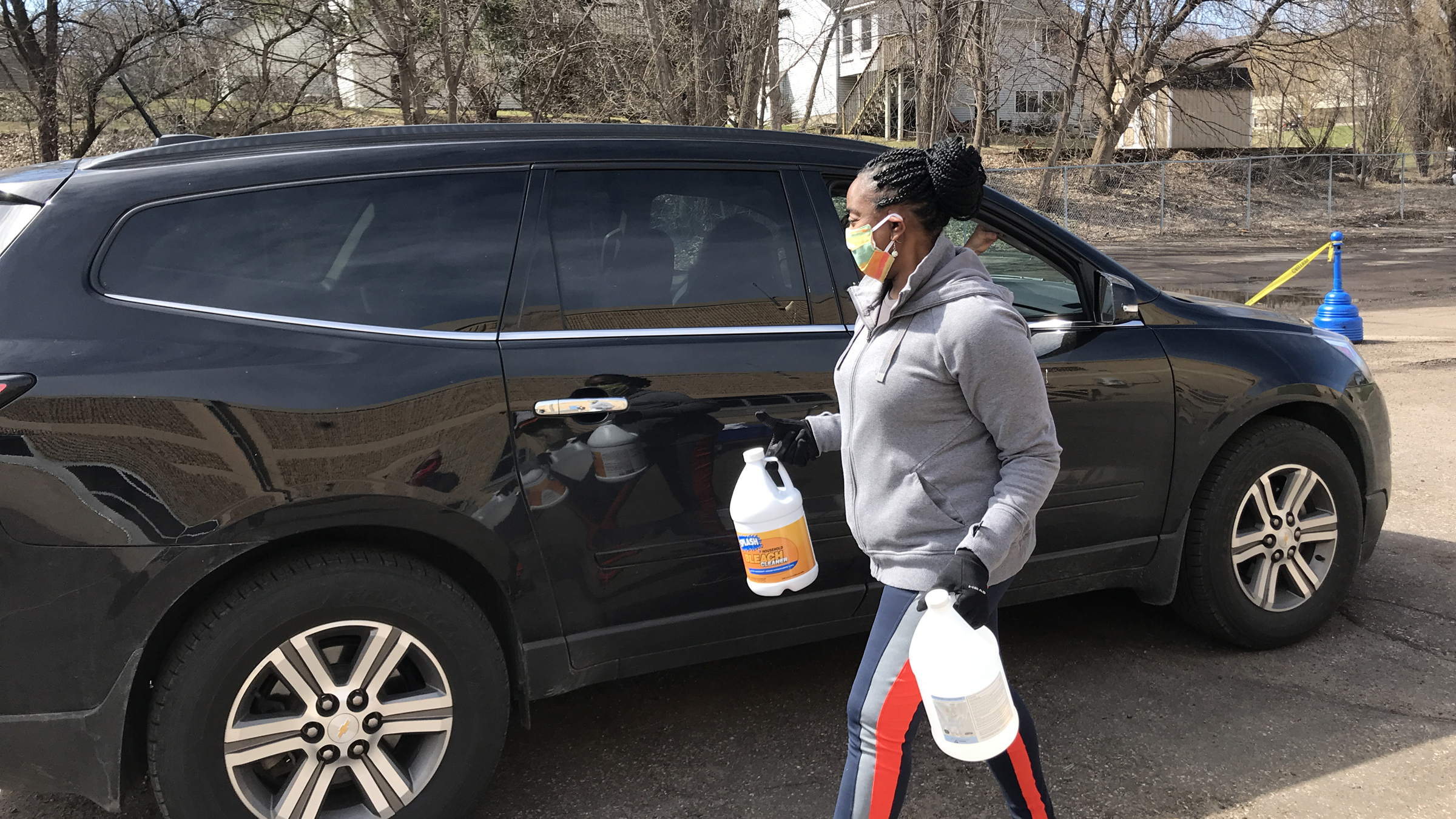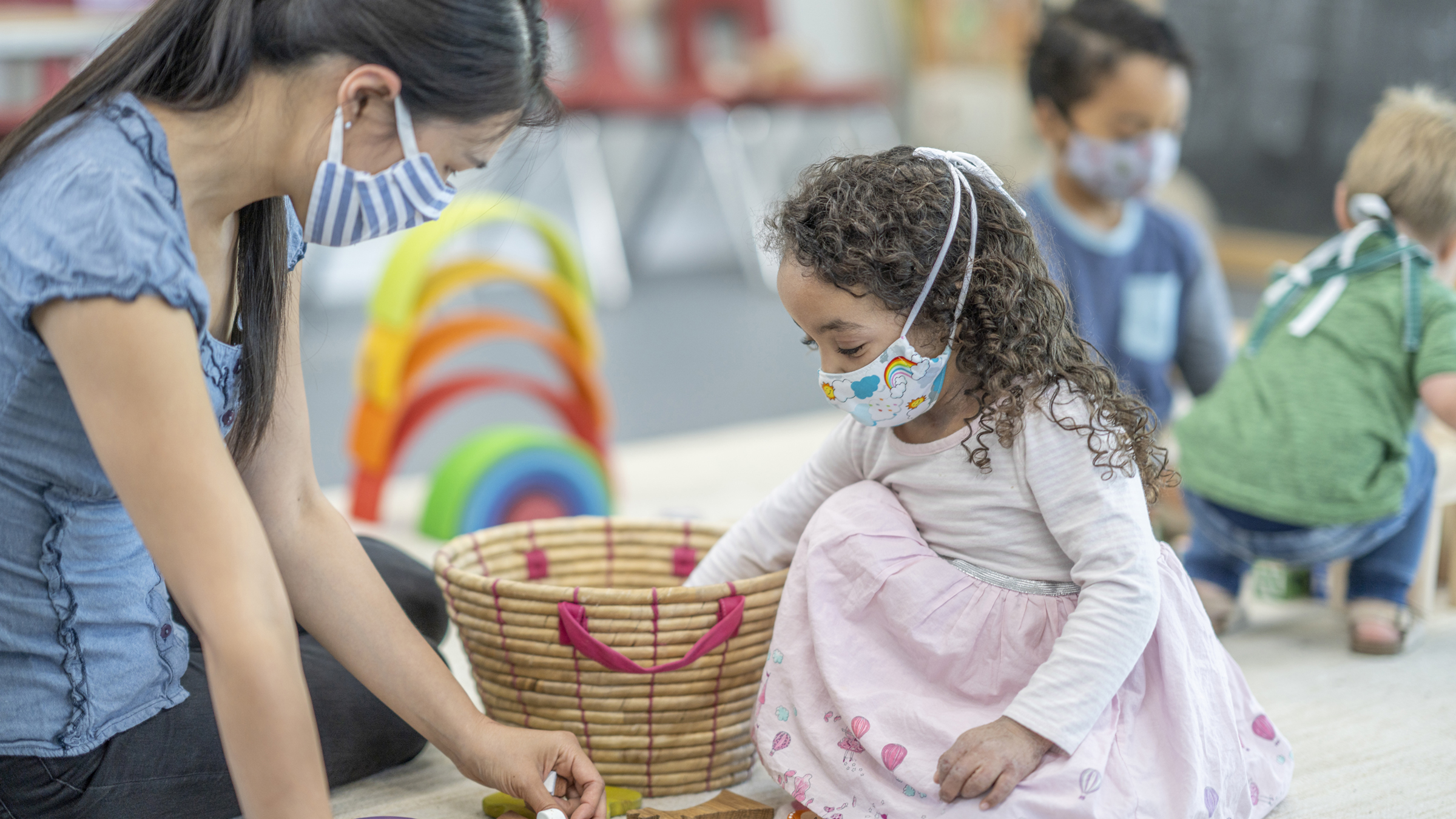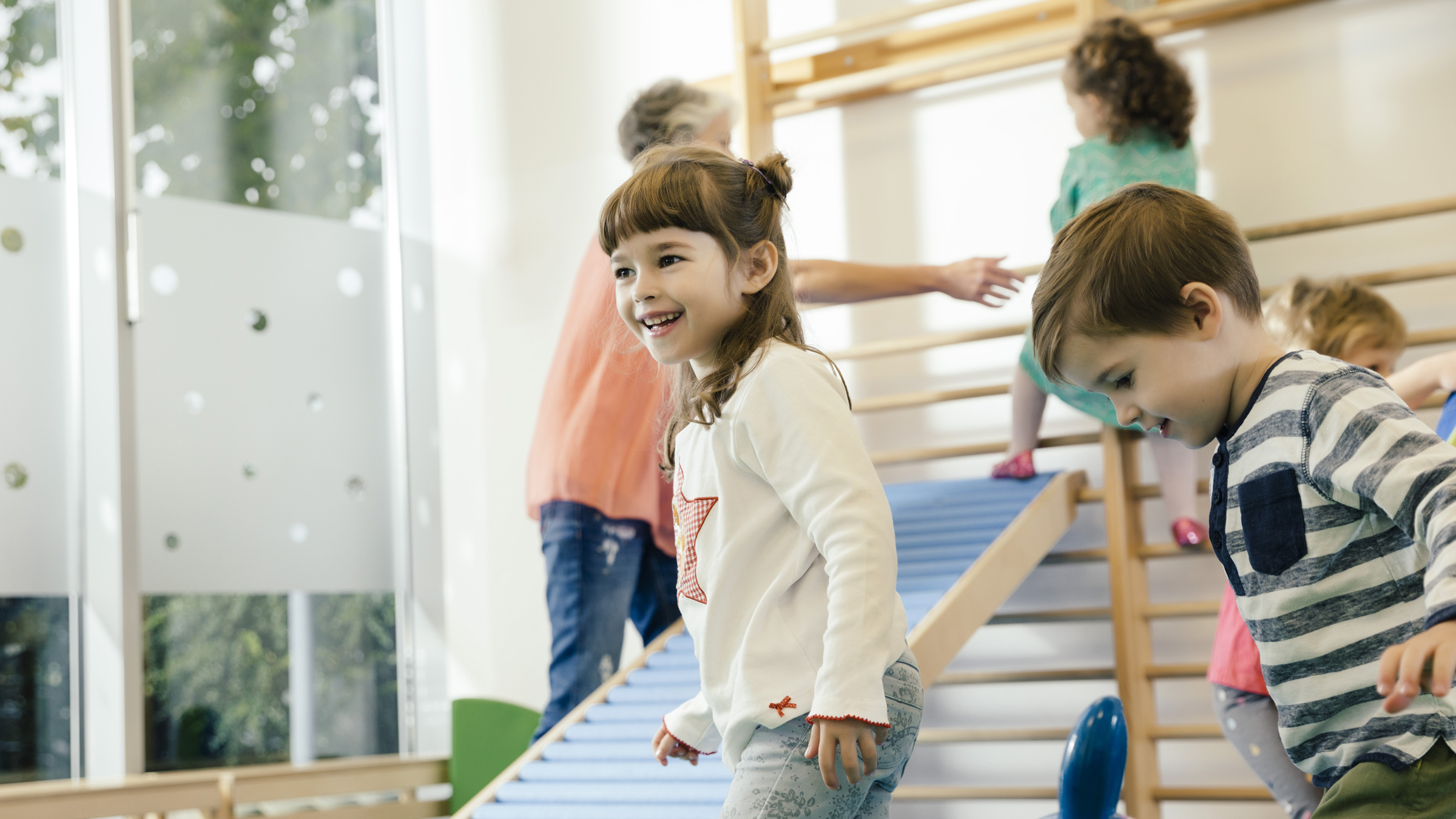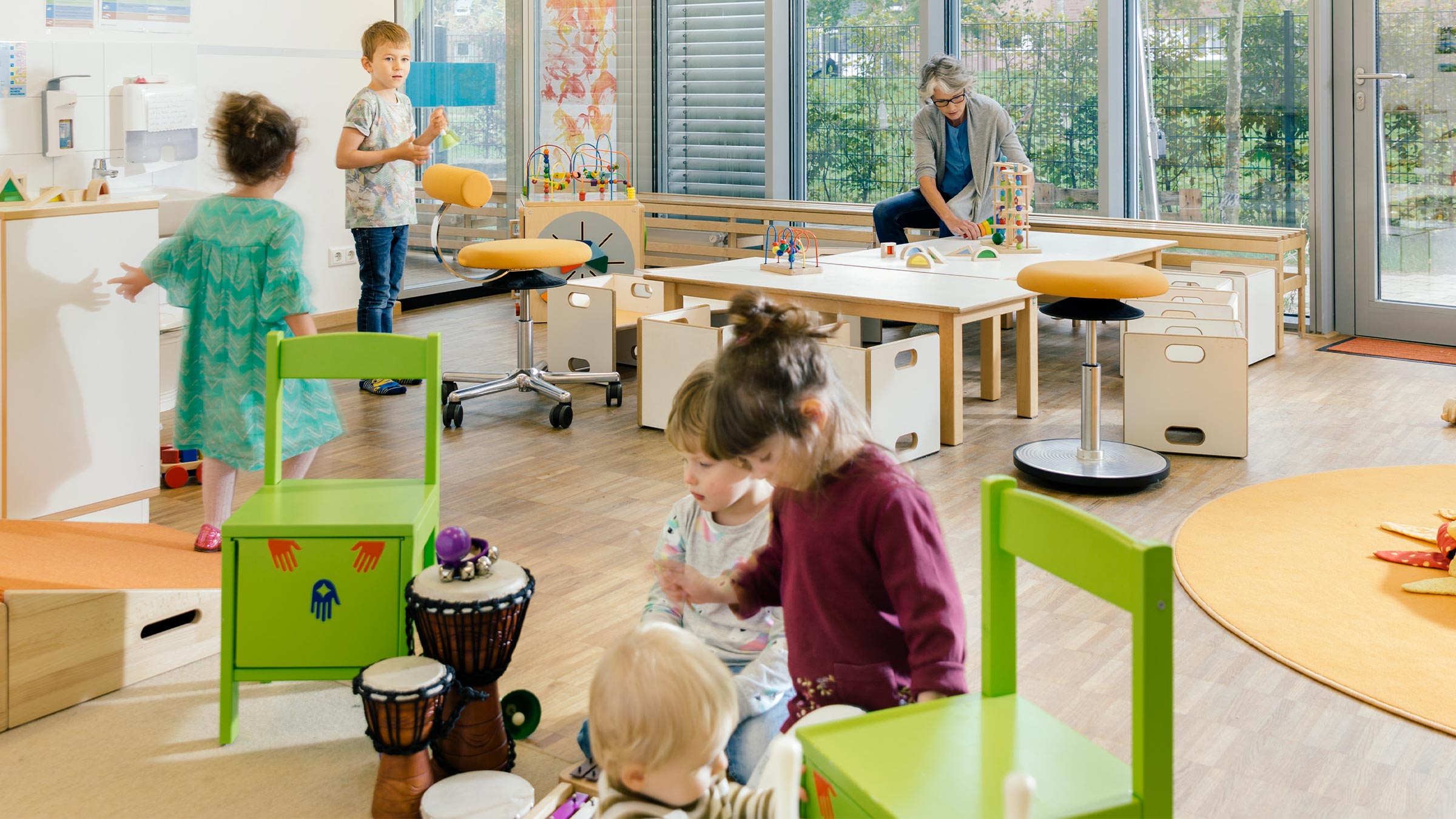When the COVID-19 pandemic hit last spring, child care providers struggled to find the sanitization supplies and personal protective equipment (PPE) required under new health and safety guidelines. In response, cross-sector partnerships quickly formed across government agencies, nonprofit organizations, and private businesses to deliver these critical supplies. One such collaboration, in Minnesota, has shifted from an emergency fix to an ongoing operation that’s helping child care providers statewide stay in business.
“When the pandemic hit, we knew it would be devastating to child care,” said Barb Yates, president and CEO of Think Small, a Minnesota-based nonprofit that provides child care referral services to parents, conducts training for providers, and engages in a number of state policy issues.
Early in the pandemic, Think Small provided emergency grants to child care providers. That’s when staff learned firsthand the challenges providers faced, including a lack of supplies such as hand sanitizer, bleach, and PPE. Some also had challenges accessing groceries for meals and snacks when stores shortened hours. Providers shared similar information with officials at Minnesota’s Children’s Cabinet and the Minnesota Department of Human Services (DHS).
As the needs piled up for many essential sectors, including child care, a number of businesses came forward with offers to provide supplies. Think Small and government agencies started connecting with these private-sector resources as well as government-procured supplies purchased with state and federal funds.
“We started a dialogue with providers across the state to find out what they needed. The governor and administration were then able to use our voice and platform to help solve problems,” said Erin Bailey, assistant commissioner of the Children’s Cabinet. For example, Governor Tim Walz’s executive orders prevented stores from limiting supplies for child care providers. Also, a partnership with Cub Foods grocery stores allowed providers to order groceries online and pick them up at convenient hours and locations.
Staff members from the government agencies and Think Small soon found themselves in the procurement and delivery business, many for the first time. “Before this, none of us worked in procurement and distribution. We’ve been creating processes as we go, seeing how it works, and getting good at things that we’re not used to doing,” said Tracy Roloff, special projects manager in the Child Care Services Division at DHS.
Think Small repurposed part of its facility just north of St. Paul to serve as a central point for supply collection and distribution. The organization e-mailed child care providers in the seven-county Minneapolis-St. Paul metro area with information on how to pick up supplies there or at other partner locations. To accommodate providers’ schedules, pick-ups are often held on Saturday mornings. Trucks also deliver supplies to four district Child Care Aware of Minnesota locations, which work with local partners, such as the Minnesota Initiative Foundations, to connect with providers in the rest of the state.
One early resource for hand sanitizer was All Hands Minnesota, a coalition of three Minneapolis distilleries—Du Nord Craft Spirits, Tattersall Distilling, and Brother Justus Whiskey Co.—which converted parts of their operations to producing hand sanitizer last spring. All Hands Minnesota donated much of the hand sanitizer it produced to hospitals and a variety of community organizations. So far, they’ve donated over 9,000 gallons to child care providers.
Other private-sector contributions included 4,400 gallons of bleach from Factory Motor Parts; 2,000 snacks from KARE 11, the local NBC affiliate; and 7,000 face shields from Amazon. State government procurement added more than 1 million gloves, 50,000 masks, and 1,200 infrared thermometers.
During the summer, the operation shifted from an emergency response effort to an ongoing logistics operation that involves regular communication with providers to assess needs and share information about available supplies. To date, 57 percent of Minnesota’s child care centers and 38 percent of home-based family child care providers have received supplies.
Providing a regular source of supplies has been one piece of the puzzle to help keep the child care sector afloat. “The discussion around supplies and procurement intersects with other conversations about making sure providers stay open and the availability of child care providers overall,” said Cindi Yang, director of the Child Care Services Division at DHS.
The pandemic has underscored the key role child care plays in the economy, both in making sure essential workers with young children can get to their jobs and in helping parents stay engaged in the workforce so they can support the economic recovery. To buoy the sector, the State of Minnesota is providing financial help: since April, the state has allocated $30 million in general revenue and $158 million in federal coronavirus relief funds to child care.
The fall surge in COVID-19 cases has led to concerns about new shortages as states vie for supplies—an example of where a coordinated federal response could help alleviate state-level bottlenecks. The COVID-19 relief package recently passed by Congress provides states a total of $10 billion in additional funding for child care. As noted in a brief we released earlier this year, government support has played an important role in keeping the child care sector viable during the pandemic.
Once the pandemic passes, the extra sanitization and protective requirements for child care providers will presumably be lifted. When that happens, the agencies, nonprofits, and businesses that make up the supply operation will no longer have reason to procure and distribute items like masks and hand sanitizer. But they’ll still have the knowhow and relationships they’ve developed together during the pandemic—which means that in a future crisis, cross-sector partners in Minnesota will be ready to respond to the child care sector’s need.






